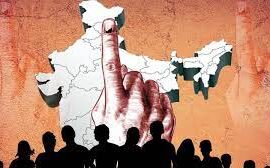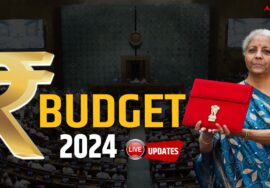Beating inflation: RBI may have to kill demand, hike rate, suck liquidity
[ad_1]
With inflation seen as posing the “biggest threat” to the economy, the Reserve Bank of India (RBI) is looking at reversing all measures – liquidity infused and policy rate cuts – taken during the pandemic over the next 1-2 years, a source with knowledge of the development said. The Consumer Price Index or CPI-based inflation has been over 6 per cent for three straight months January-March 2022, and is expected to breach the 7 per cent mark in April.
Most of the risks to inflation are seen emerging from the crisis due to the Ukraine-Russia war. “Three-fourth of the CPI is due to war risk… Supply side constraints have worsened, and we are forced to act. In the next 6-8 months, we will get inflation down by killing whatever little demand there is; this will happen the world over. All central banks including RBI are going to drive their economies into declining demand,” the source, who did not wish to be named, said.
“The pandemic measures will inevitably be reversed. It may take a year or two years. Rs 5 lakh crore of pandemic measures lapsed in 2021-22…there are sunset dates to each. The interest rate cuts over the last two years were also pandemic-related measures intended to help people and small businesses in emergency situations. They have to be taken off or there is a moral hazard of financial instability,” said the source.
The central bank hoped to take them off in a delayed fashion because the economy was still recovering. “But now, higher-than-expected inflation is upon us. We are not doing some extraordinary hikes but just reversing those measures,” the person said.
The repo rate – the rate at which the RBI lends to banks – was 5.15 per cent in February 2020 before the pandemic. The RBI then cut the repo rate by 75 basis points in March 2020 and by another 40 basis points in May 2020 taking the total rate cut during the year to 115 bps. CRR (Cash Reserve Ratio or the percentage of depositors’ money banks have to mandatorily park with the RBI), which is another key monetary tool to manage liquidity, was cut by 100 bps in March 2020 and was then raised by the same quantum in June 2021.
Just about a week ago, on May 4, after an unscheduled meeting of its Monetary Policy Committee, the RBI raised the Repo rate by 40 basis points to 4.40 per cent and the CRR by 50 basis points to 4.50 per cent. RBI Governor Shaktikanta Das said this was aimed at reining in elevated inflation amid the global turbulence in the wake of the Russia-Ukraine war.
Bring under comfort level
With inflation having crossed the RBI’s target band, the focus now is on taming it within the comfort level. This was the main reason behind last week’s hike in repo rate and cash reserve ratio.
This was the first Repo rate hike by the central bank since August 2018. Analysts pointed out that this move, in a way, reversed the May 2020 RBI action of a 40 basis point Repo rate cut. They noted a complete reversal of the accommodation allowed during the pandemic period would require the RBI to hike the Repo rate by another 75 basis points. To fight inflation – which has afflicted developed countries including the US, the RBI and central banks of other countries, are expected to take coordinated measures to kill demand in the next 6-8 months. “A 50 basis point CRR hike removed only Rs 87,000 crore. There is Rs 6.5 lakh crore coming into the Liquidity Adjustment Facility every day. No power on earth can withdraw that in a day. It has to be a multi-year process. All possibilities are open,” the person said.
On April 8, the monetary policy committee had raised the inflation forecast for 2022-23 by 120 bps to 5.7 per cent. Retail inflation for March rose to a 17-month high of 6.95 per cent, which was the third consecutive month of the inflation remaining above the upper limit of the RBI’s medium-term target range of 2-6 per cent.
The RBI has also been intervening in the forex market for the last few days to check rupee volatility, but the RBI is not defending any particular level but just trying to smoothen any “jerky movement”, the person said. The rupee dropped to its lifetime low of 77.44 against the dollar earlier this week.
[ad_2]
Source link










